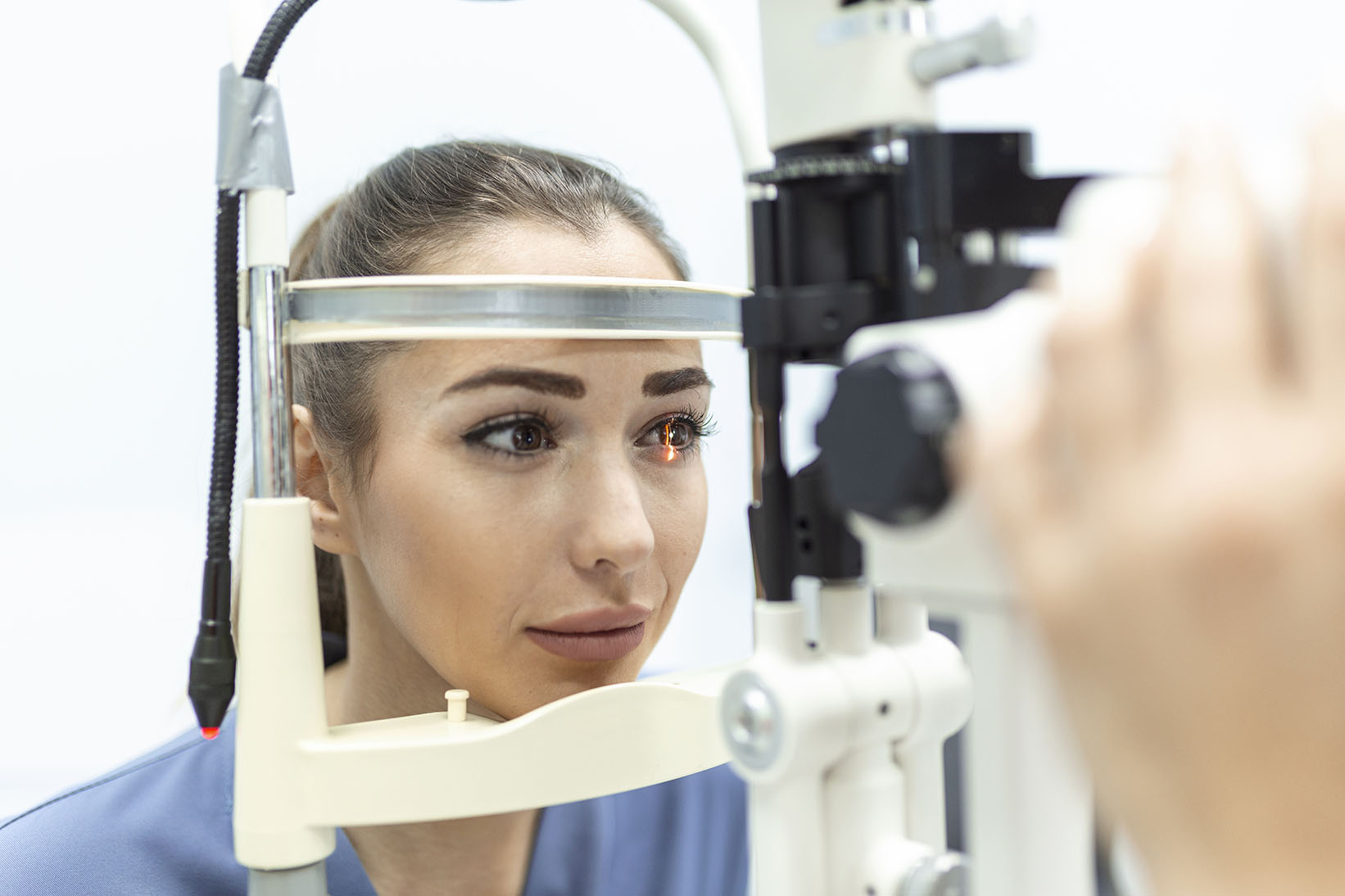The term maculopathy encompasses a number of eye diseases, usually progressive, in which there is damage to the macula of the retina. With variants as well known and worrying as the macular degeneration Age-related macular degeneration (AMD)maculopathies share symptoms that affect vision to the point of interfering with the patient's daily activities through partial blindness or, in cases with the worst prognosis and in those not detected in time, total blindness.
With no treatment capable of reversing the damage completely, and sometimes with no treatment other than prevention, early detection is vital to preserve the autonomy of the patient, who must implement a series of healthy habits.
What is maculopathy and what causes it?
In the retina there is a small surface, called the macula, which means spot in Latin because of its differentiated pigmentation, which is responsible for the eye being able to appreciate details that we need for everyday actions such as reading or recognising faces.
When there is damage to the macula of only 5 or 6 mm in width, the field of vision is affected, usually in the central area, with a central black spot or very blurred vision. This is called maculopathy, a disease that is usually acquired. As there are a number of risk factors and some cannot be controlled, cases of bilateral maculopathy end up being common, even though the problem usually begins by affecting only one eye.
Risk factors include the following:
- Advanced age, which in principle cannot be controlled, although it is possible to prevent its incidence in the macula with a diet rich in antioxidants and healthy habits.
- Smoking.
- Diseases such as hypertension and diabetes, especially in those patients who do not have them under control.
- In the case of myopic maculopathy, suffering from myopia magna is already a reason to check the condition of the retina on a routine basis.
Types of maculopathy
In addition to the differentiation between unilateral and bilateral maculopathyIn addition to age-related macular degeneration, there are several groups of maculopathies in addition to age-related macular degeneration:
- Diabetic maculopathy.
- Myopic maculopathy.
- Stress maculopathy (central serous chorodiopathy).
- Retinal dystrophies...
What are the symptoms of maculopathy?
The myopic maculopathy has symptoms that, at first, can be confused with the myopia magna itself, which the patient usually suffers from much earlier: blurred vision, especially at a distance and in poor light, which then affects the central area of the field of vision.
In other cases, blurred vision and black areas in the field of vision may experience transient improvements, which should not lead the patient to relax the dietary and lifestyle guidelines given by their ophthalmologist.
In the case of stress maculopathy, the most common, there may be episodes of sudden, momentary loss of sight as a result of an inflammatory process that resolves. In the event of the first episode, immediate consultation with a specialist is necessary.
How is maculopathy treated?
The professionals of the Dr. Nebro Ophthalmology Clinic in Fuengirola We believe it is important for patients to be aware of the warning signs that indicate a possible case of maculopathy, not to be alarmed, but to detect it in time. There are maculopathies, such as myopic maculopathy, which are a consequence of other previous diseases and whose progression can be slowed down, at least until the patient's autonomy is guaranteed.
In other cases, such as the Dry AMDThe only treatment available to date is prevention based on the reduction of controllable risk factors.
Even in the case of treatable maculopathiesThere is no one-size-fits-all treatment for all patients. Some will benefit from zinc and antioxidant supplementation, others from vision rehabilitation, and all of them will get worse if they do not quit smoking or have poorly controlled diseases such as diabetes and hypertension.
The term maculopathy includes a number of eye diseases in which the macula of the retina is damaged. This damage often results in partial or total blindness and, in many cases, there is no better treatment than prevention. Early detection, however, is vital to slow down the process with a combined strategy of supplementation, elimination of causative agents such as smoking and vision therapy.
Dr. Salvador Nebro Cobos



